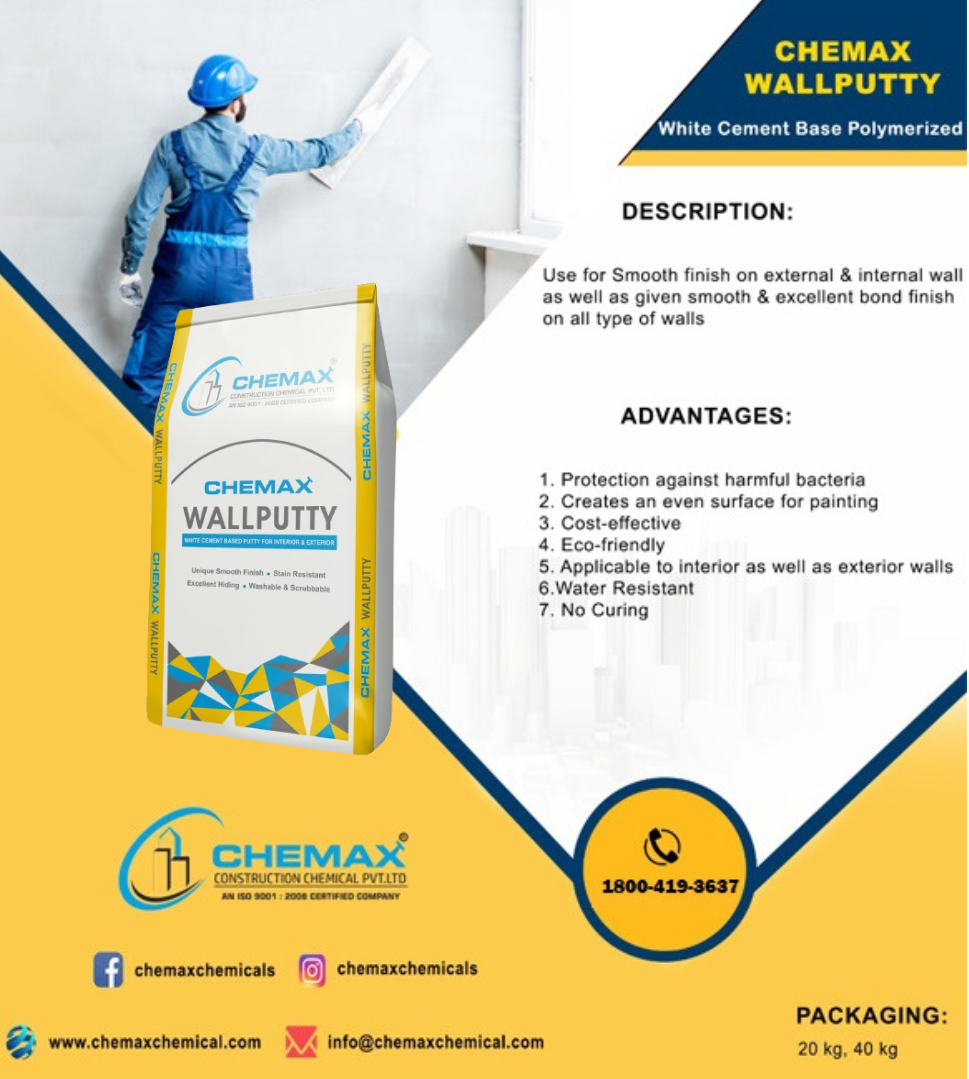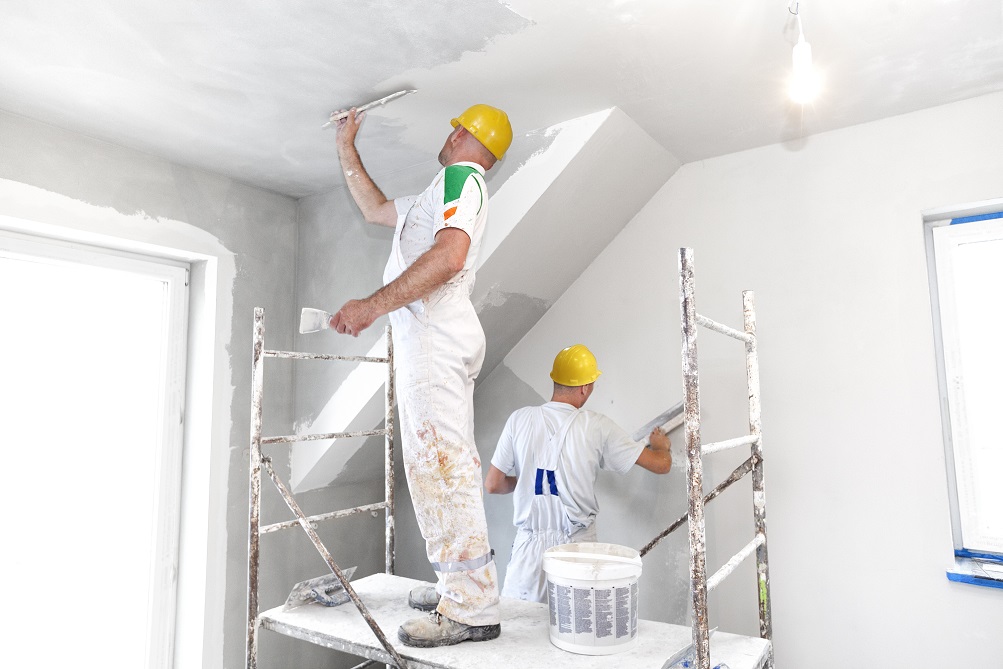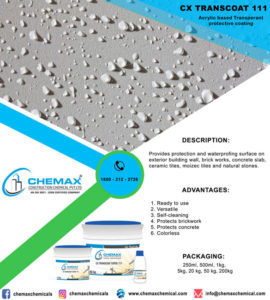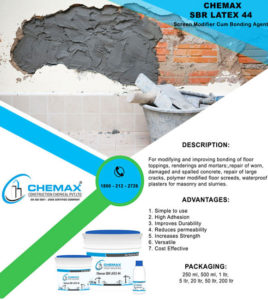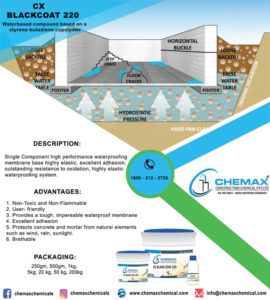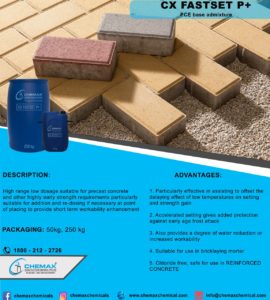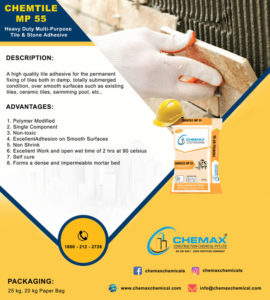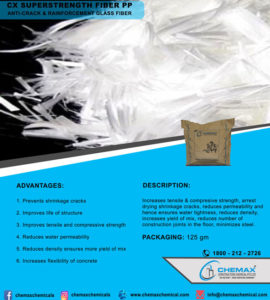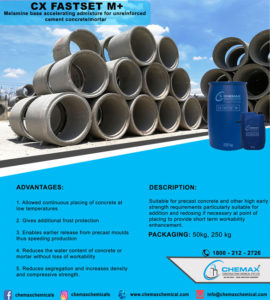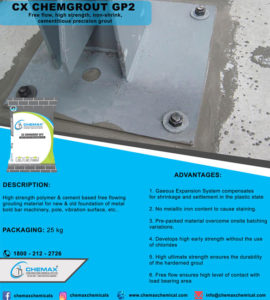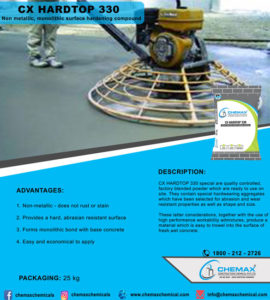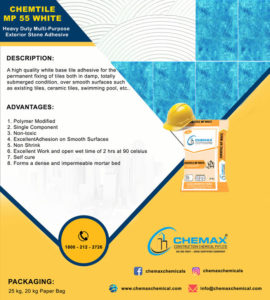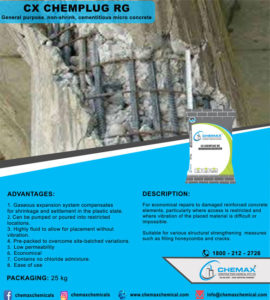Wall putty is a white powder comprised of polymer and other minerals mixed with cement to give the wall a smoother appearance. Its main purpose is to smooth out uneven wall surfaces and repair holes and cracks in walls before painting. Applying wall putty to your walls can improve their resistance to stains, mold, and fissures.
For the greatest paint and wall finish, wall putty is a versatile solution that works well on all types of walls, including rendered, concrete, and precast. Wall putt, also known as paint putty, is typically placed prior to painting the walls to better conceal gaps and cracks that could otherwise prevent the paint from applying smoothly. Based on the appearance, it might. To prepare the surface for fresh paint, one or two coats of painting putty combined with sanding may be necessary, depending on the surface.
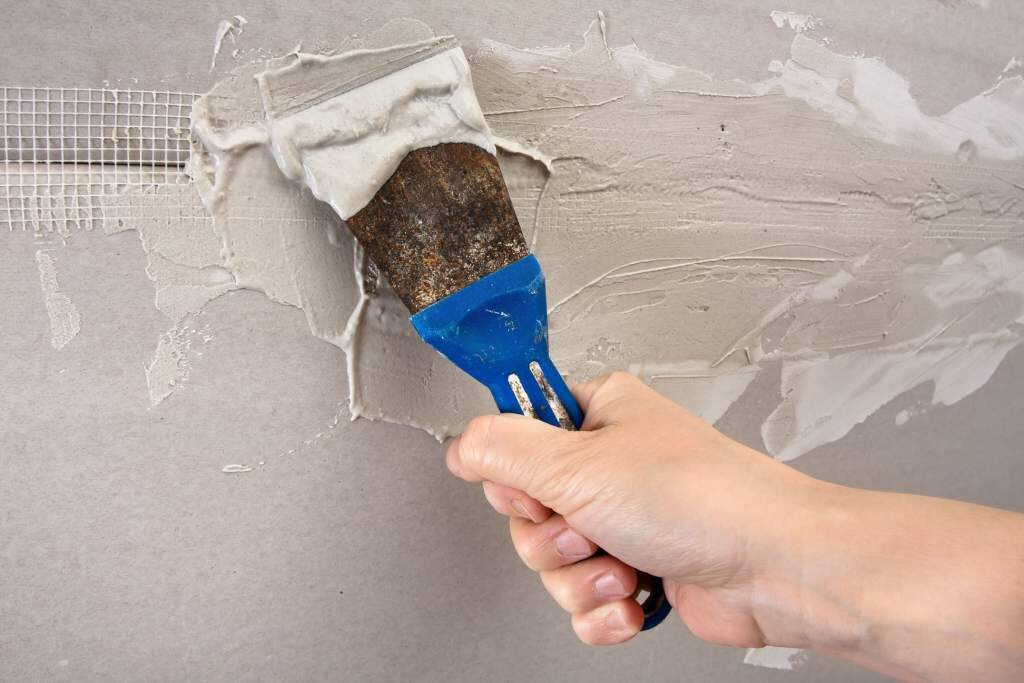
Wall putty is a good option if your home has recently sustained damage or water leaks in certain locations (like flooding), since it can help to rebuild the structure of the building. Because wall putties come in white or off-white textures, they will be the ideal canvas for painting on.
Types of Wall Putty
There are two types of wall putty:
Cement Wall Putty:
The principal applications for cement-based putties, also known as cement putty, are surface repairs in masonry and concrete. They come in powder form, which must be combined with water before using. It should have a peanut butter-like consistency—that is, neither too thick nor too runny. Then, before painting the wall, you must apply it with a putty knife and allow it to dry for about a day.
Acrylic Wall Putty:
Each of these wall putties has special advantages that make them more suited for particular uses. For example, after drying out, putties made of cement have a tendency to produce a firmer surface than other types. Conversely, putties made with acrylic latex are renowned for their ease of application and speedy drying times.
How to Use Wall Putty?
Prior to learning how to paint your walls, choose the putty that would work best for your walls. Here’s a detailed tutorial on applying wall putty correctly:
You must first determine if the surface you have is made of drywall or plaster. The best putty for you will be acrylic if it’s one of these two surfaces. Wash and tidy the area after that. Before using wall putties, you should clear the area of any loose material.
To get the greatest results, mix the wall care putty and apply it correctly. Apply the material with a wide, flat-bladed knife in a single direction, mixing it as directed by the manufacturer if it’s a powder or ready-made product. For powder types, allow them to settle for a minimum of twenty-four hours to allow them to solidify and prepare for painting.
When your wall is prepared, you can paint over it with a brush or sponge. Paint putty is an essential step in producing a wall surface that is perfect. Your walls will seem brand new if you use the proper putty and adhere to these easy instructions!
Benefits of Using Wall Putty
There are many benefits of using wall putty, such as:
Repairing cracks and damages on walls:
Cracks in the wall caused by water leaks or damage can be filled in using putty paint. This will support the restoration of your wall’s structural integrity, which is crucial if you intend to sell your house soon.
Providing a base for new paint:
You will need to use wall putty as a foundation coat if you intend to paint your walls. This will improve the paint’s ability to hide surface flaws and provide a smooth finish.
Improving insulation:
Filling up any spaces or fissures between the wall and the frame is another way wall care putty can help your home’s insulation. Lower energy costs will result from keeping your house cool in the summer and warm in the winter.
Easy to use and apply:
Wall putty is a fantastic do-it-yourself home repair solution because it’s so simple to use and apply. If you’d like, you can even tint them to make your own unique color!
Quick-drying time:
Wall putties are quick and easy to use; they dry in 24 hours. This will enable you to immediately resume using your wall after the putty has been applied.
Resistant to moisture:
Wall putties are moisture-resistant and won’t peel or fracture with time. Because of this, they are an excellent option for damp spaces like kitchens and bathrooms.
Wall putty doesn’t flake or get easily damaged:
Wall putties are composed of high-grade polymers and other minerals, which prevent chipping and cracking more readily than paint. In order to stop peeling and cracking, they can even be applied to walls that experience drastic temperature fluctuations.

